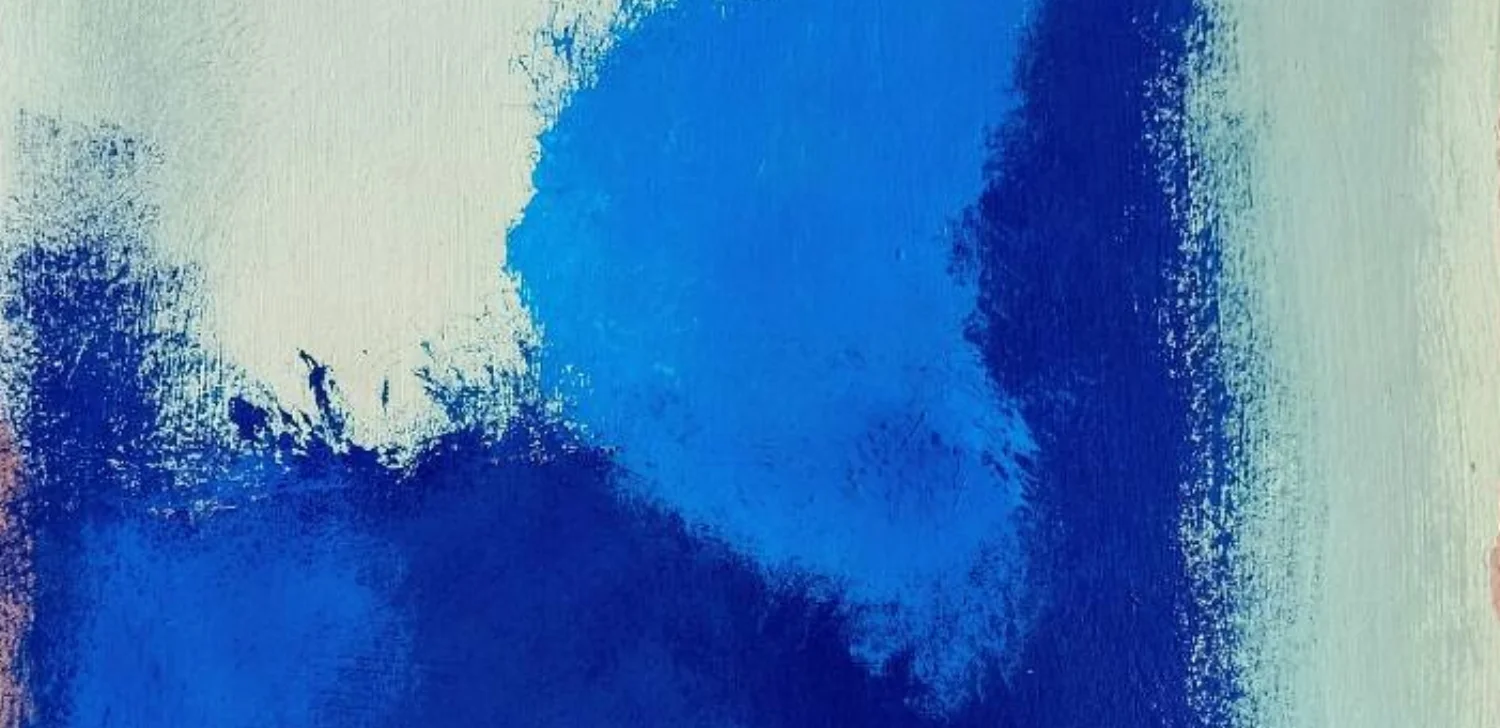ARTH 216: Modern & Contemporary Art. Department of Art + Art History, Albion College.
This course was designed for second- or third-year undergraduate students at Albion College. The course provided a survey of modern and contemporary European and American painting, sculpture, photography, and film/video art. It also discussed the impact of critical theory on the evolution of modern and contemporary art.
A full course overview and syllabus can be found below.
